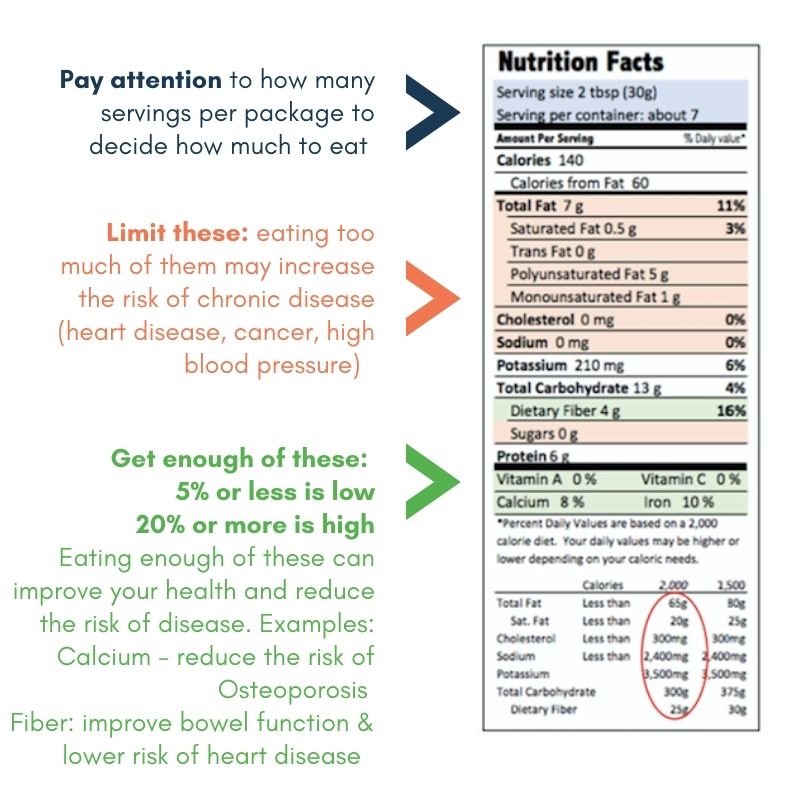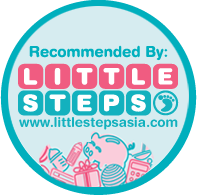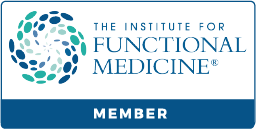
Here's how to read a Nutrition Label
As a nutritionist I encourage my clients to minimise the intake of processed foods and give priority to real foods in the form of fresh vegetables and fruits, wholesome grains, good quality protein and healthy fats. Nevertheless, our lifestyle sometimes gives us no choice but to rely on readily available foods. That's why it is important to understand how to read labels in order to make informed decisions and choose healthier options.
Reading labels can be quite overwhelming, that is why today I will focus on two basic items to look for that will provide you at first glance with important information: ingredients and serving size.
When talking about processed foods, the first think to look for is the list of ingredients knowing that, by regulation, the ingredients are listed according to the content (from higher to lower quantity).
This means that the first few ingredients on the list are the ones with the highest content. Some people recommend avoiding foods with more than 4 ingredients, I personally think this is not necessarly valid, and I consider more important to check the quality than the quantity, looking for wholesome ingredients, while avoiding sugars, hydrogenated fats, additives and high sodium.
Look for whole grains which are higher in nutrients and fiber instead of refined grains. Give preference to whole wheat, whole oats, brown rice, buckwheat, barley, millet, wild rice over white flour or white rice.
In terms of fats, it is important to highlight that they are necessary for a balanced diet. Avoid trans-fats and hydrogenated fats, and limit the intake of saturated fats. Better options are monounsaturated and polyunsaturated fats like olive, peanut, canola, avocado and sunflower oils. Sodium is another ingredient to limit, and it shows in labels with the names of salt, soda, monosodium glutamate (MSG), sodium citrate, sodium Latinate, sodium hydroxide, and sodium phosphate, among others.
One of the most controversial ingredients in terms of labeling is sugar, and some manufacturers use other names or other forms of sugar that sound either healthier, or not like sugar at all. Here are some other names for sugar that are broadly used in the food industry: high-fructose corn syrup and other syrups (rice bran syrup, oat syrup, maple syrup), barley malt, maltose, fructose, lactose, sucrose, dextrose, galactose. Other sugar options that are misleading as they sound healthier, are brown sugar, coconut sugar, beet sugar and fruit juice concentrate.
When talking about serving size, this is something particularly important if you are looking into controlling your calorie intake. Read carefully how many servings each container has, or what is considered as one serving size, because all calories and nutrient contents listed on the labels are for one serving only.
I would like to conclude with the below diagram that illustrates the overall informational facts to look for on nutrition labels.


nutrition


